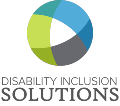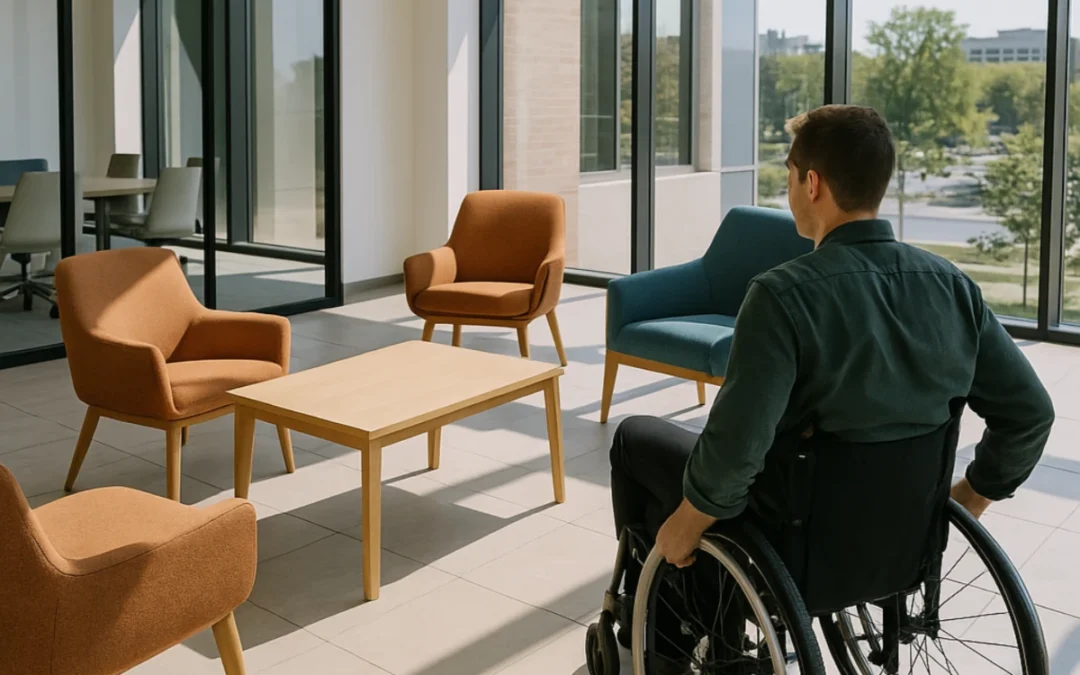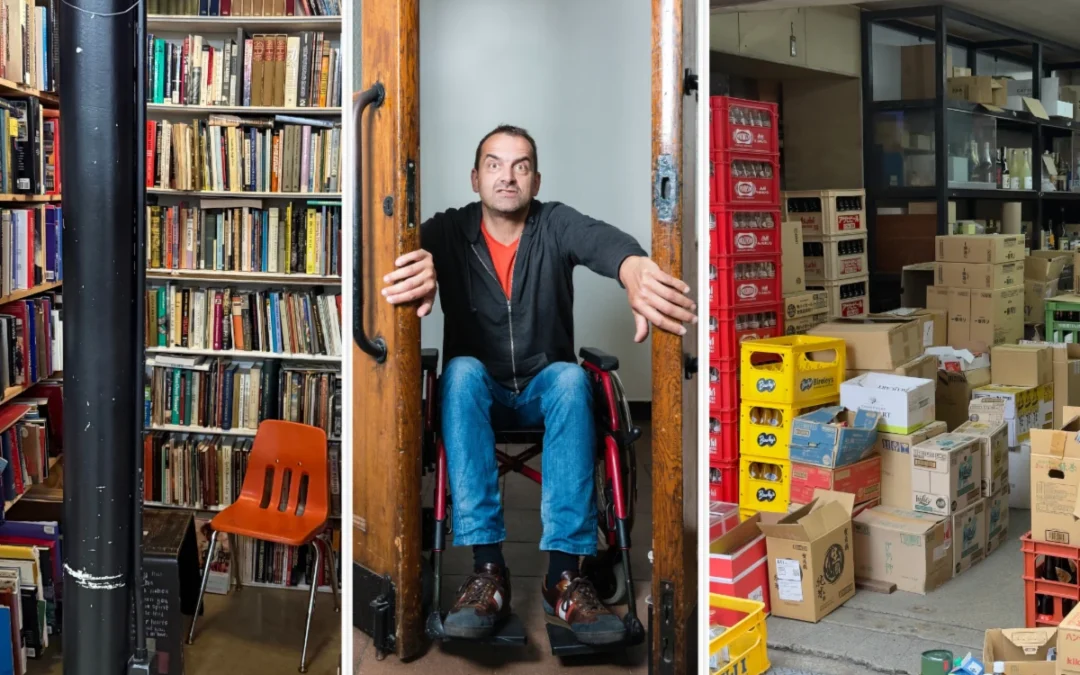Whenever I’m brought in to look at a workspace, the front of the building is usually the star of the show. Wide entries, beautiful finishes, automatic doors, the whole list. But the moment I circle around to the loading dock, the tone changes. Suddenly we’re dealing with uneven surfaces, tight clearances, unclear routes and lighting that feels like it belongs in a parking lot from the 1980s.










